David Bowie Centre at the V&A East Storehouse
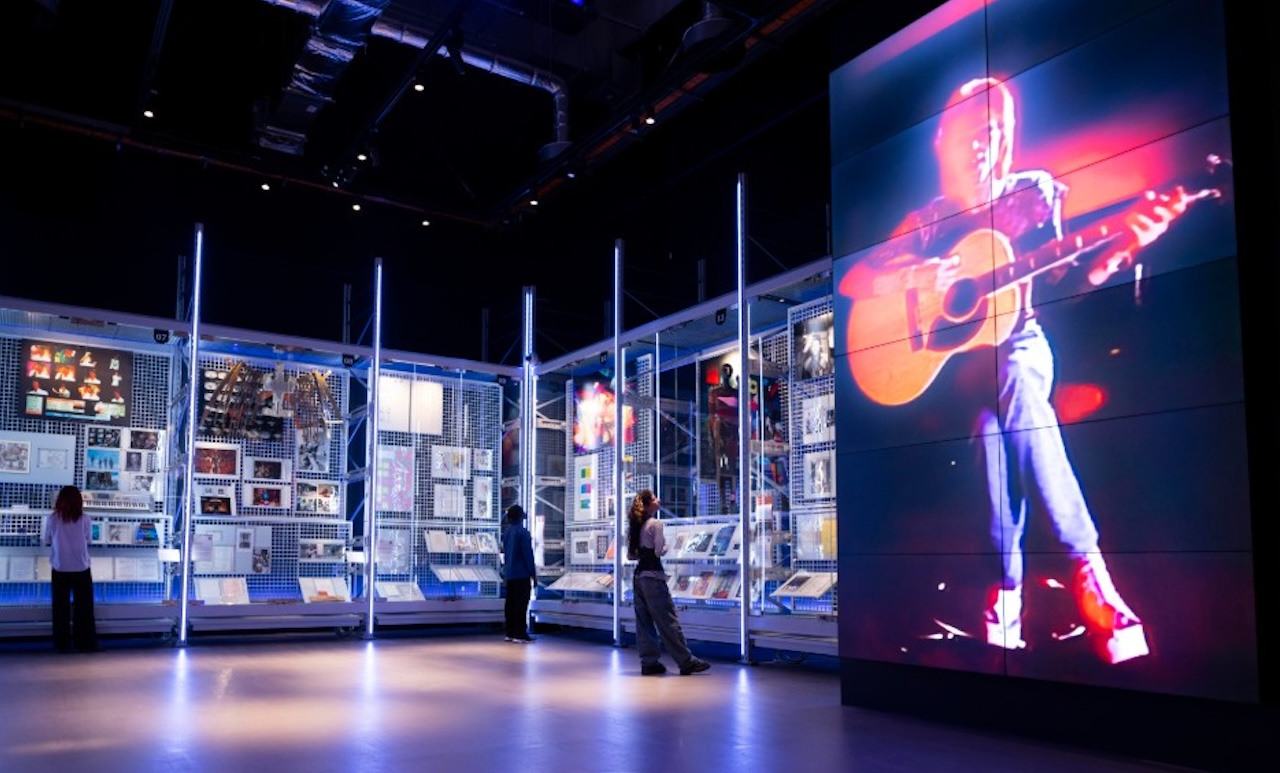
London has proved over and over again that our standard idea of exhibition spaces can be overcome with exceptional results – take Frameless or the Paradox Museum, just to name two. With its brand new opening in Hackney, the V&A East branches out to another audience, both for its geographical location and for the different concept it offers. The building is called Storehouse for one reason: it’s the museum’s depot. Across three levels, walkable metal grills run around a central rectangular area and through some of the aisles for visitors to look at the shelves where artefacts are placed, next to each other, some wrapped up, some free from any case, with a small tag with a QR code to mark their details. There are a few tags, just to share a couple of words about the area those objects belong to. For more information, guidebooks or digital pages (accessible through a smartphone) are available.
An interesting space is the David Bowie Centre: this is an archive for the 90,000 items the artist left to the V&A since the museum’s successful exhibition David Bowie Is… (2013-2018). Inside the Centre, one room has been arranged for public access (restricted to ticket holders; reservations are free, but with limited regular releases) and showcases roughly 200 items (rotating) out of the whole collection. One of the walls is covered with cabinets and drawers that we are told contain books and photographic material. The centre follows the same rules of the rest of the storehouse: no labels or lengthy descriptions on the journey the curators organised for the museum’s guests, rather vague thematic displays packed with objects whose story can be complemented with the books or digital guides available.
While footage of music videos and live performances of the Thin White Duke runs on loop on a vertical screen, visitors can admire some of the most iconic costumes, such as the blue suit for The Life on Mars and the Alexander McQueen Union Jack frock worn for the Earthling album cover. There are then synthesisers and keyboards, numerous handwritten notes of Bowie about his movie script and ideas for a musical, lyrics amended and tidied up scores of famous hits, a letter of reference from his father and a thank you note from Lady Gaga, photos of the songwriter first immersions in soul and jungle, and modern testaments of the legacy he left for local communities and in the music and cinematic world. Stripped of the conventional exhibition’s set-up, with exact lighting, isolated elements, or lengthy captions, the arrangement of these items delivers a sense of intimacy, making the man behind Ziggy Stardust closer to the viewer, a familiar character, talented with creativity.
Those looking for a deep dive into the story or expecting a neat showcase of top-selected objects may be a bit puzzled. As for the rest of the Storehouse, the offering is of a different type. The V&A East is a cool opportunity for a sneak peek behind the scenes of how a museum warehouse is organised and the rich amount of treasures (beyond what’s currently on display) they preserve.
An appealing service is the Order an Object: via appointment, anyone can order items from the online catalogue, for free, to handle in person in the study rooms.
Cristiana Ferrauti
Image: Courtesy of David Bowie Centre at V&A East Storehouse
David Bowie Centre is at the V&A East Storehouse. For further information, visit the exhibition’s website here.

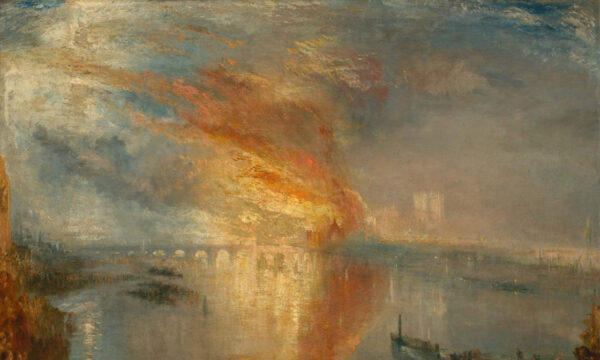
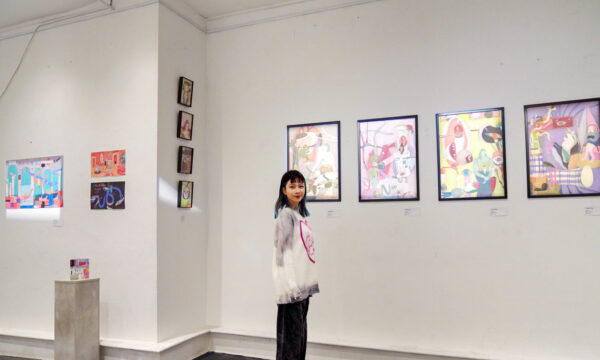
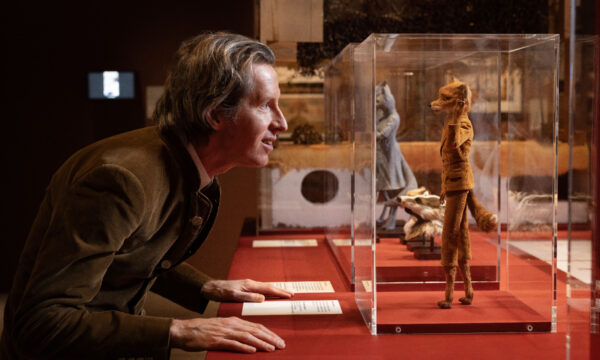
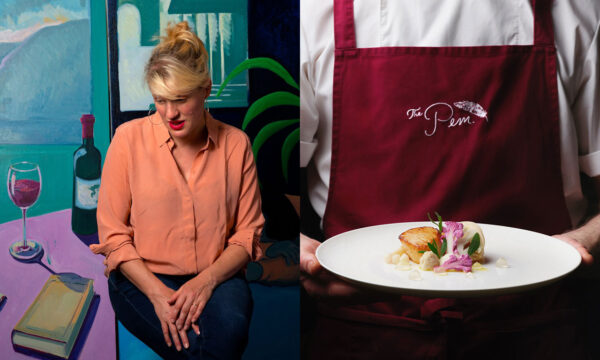
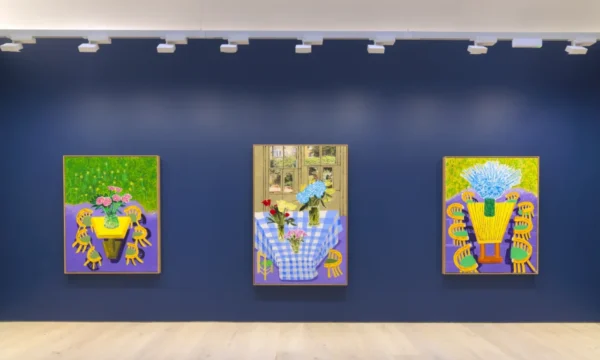
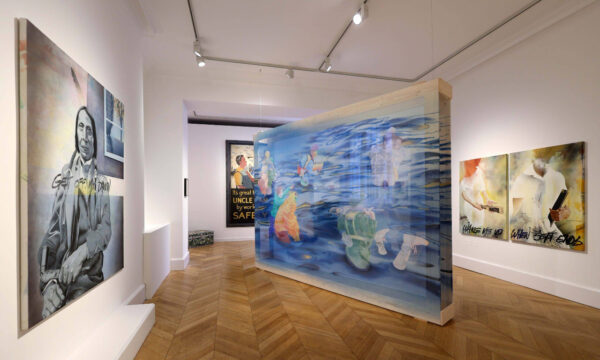
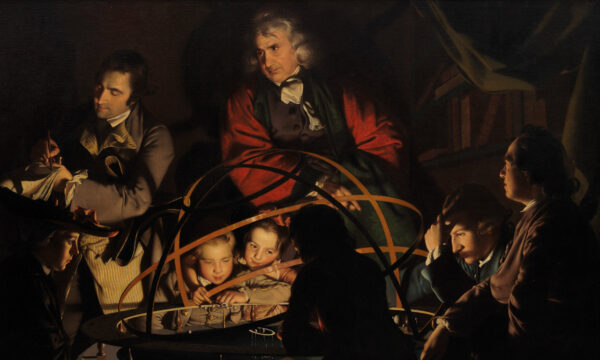
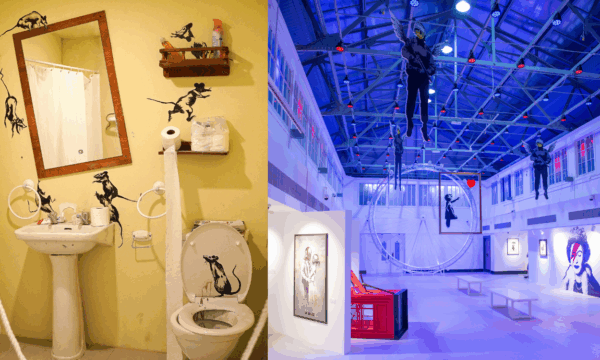
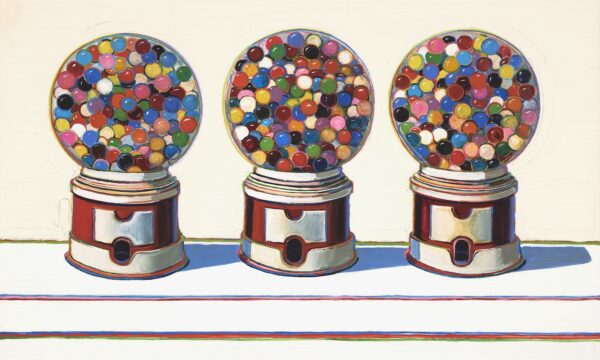
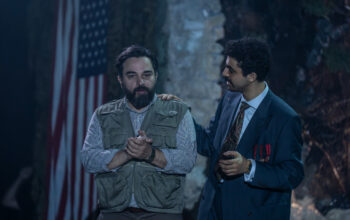

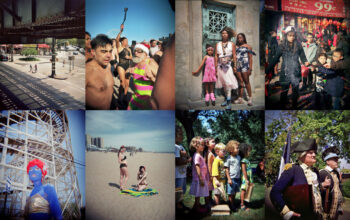



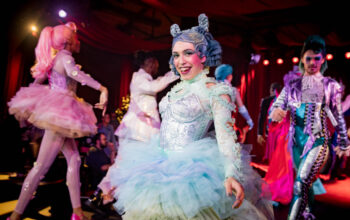
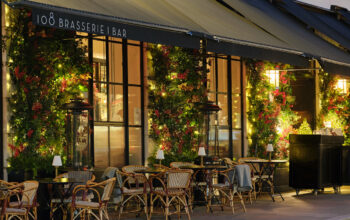
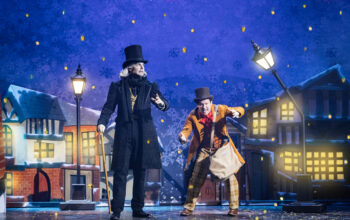



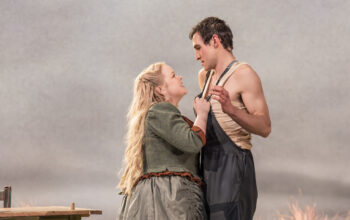

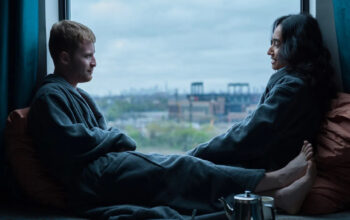
Facebook
Twitter
Instagram
YouTube
RSS